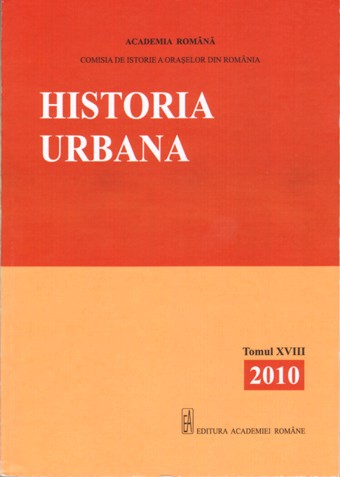Câteva consideraţii privitoare la statutul mişeilor din oraşele medievale din Ţara Românească
Several Considerations on the Status of the mişei in Medieval Romanian Towns
Author(s): Laurenţiu RădvanSubject(s): History
Published by: Editura Academiei Române
Keywords: lepers; mişei; hospital; tax exemption; Wallachia;
Summary/Abstract: The present study seeks to focus on a less researched medieval category in the Romanian area, namely the mişei. They are rarely mentioned in Wallachia, and are only subject to indirect reference via later documents or the traces they left on local place names. The name mişei is borrowed from Latin, where it was used in reference to those poverty-stricken or to lepers. Leprosy entered Europe ever since the Antiquity, and was brought from the East. The first specific isolation measures have been passed on to us since the Carolingian dynasty. At the turn of the second millennium, the number of leper hospitals increases; these were quasi-monastic institutions which endured only via donations. Their climax was the 13th century, since after 1300, the leper was superseded by the plague. Late sources reveal that one such hospital was also in place near the town of Câmpulung, the foremost Catholic settlement in Wallachia. Leper care facilities had been introduced south of the Carpathians by the Saxons (the saşi) who had colonized this town. The term mişei comes to support this, as well as the presence in Câmpulung of a Catholic church with St Elisabeth as its patron, which had stood out by its care for the lepers, and by the fact that one neighbouring village, Măţău, was tax-exempted, in exchange for looking after the lepers in town. Tax-exemptions, which had been granted ever since the emergence of Wallachia, have endured until the 18th century, long after the leper had disappeared from the area. Several place names („la Mişei”, „Crucea mişeilor”) are an indication that a leper hospital had also existed near another town with a large Catholic community in Wallachia: Râmnicul Vâlcea.
Journal: Historia Urbana
- Issue Year: XVIII/2010
- Issue No: 18
- Page Range: 17-25
- Page Count: 9
- Language: Romanian
- Content File-PDF

